EPIC, a long narrative poem, elevated in style and large in scope and effect, that is concerned with the great deeds of great men.
The word is derived from the Greek epos, which originally meant “word,” later “speech” or “song,” and, finally, poetry about heroes outstanding for their nobility, magnanimity, and prowess. In its scope the epic ranges freely and with authority over the natural and human order, over history and legend, and even over the fantastic and supernatural worlds. The epic is responsive to, yet finally transcends, the ethos of its time and place. its most distinctive characteristics are heroic action, the celebration of human greatness, and the encounter between the hero’s greatness and his mortality.
In most ages, the epic dominated botlı literatüre and culture. Homer, creator of the Iliad and the Odyssey, was for centuries the supreme teacher of ancient Greece, and his epics were regarded as epitomes of art and knowledge. For Western civilization down to the Renaissance, Vergil’s great Latin epic the Aeneid is second only to the Bible in the importance of its influence.
Regarded as the supreme poet, an omniscient magician, and—even tlıough he lived before Christ—a Christian seer, Vergil became the preeminent model for later poets and a major source of knowledge, literary taste, ideals, and conduct. In 14th century Italy, Petrarch’s aspiration to write a great epic was simply taken for granted, for the epic was regarded as the noblest achievement of the human spirit. Critics and poets as diverse as Dante, Vida, Sidney, Tasso, Dryden, and Pope identified the epic as the highest art.
For the Greeks, the epic had didactic authority; for the Romans, it had literary and moral authority; for the Christians, it was a vehicle for revaluation of the classical world; and for the Renaissance, it embodied the ideals of humanism. From the earliest times, major poetry aspired to the condition of the epic.
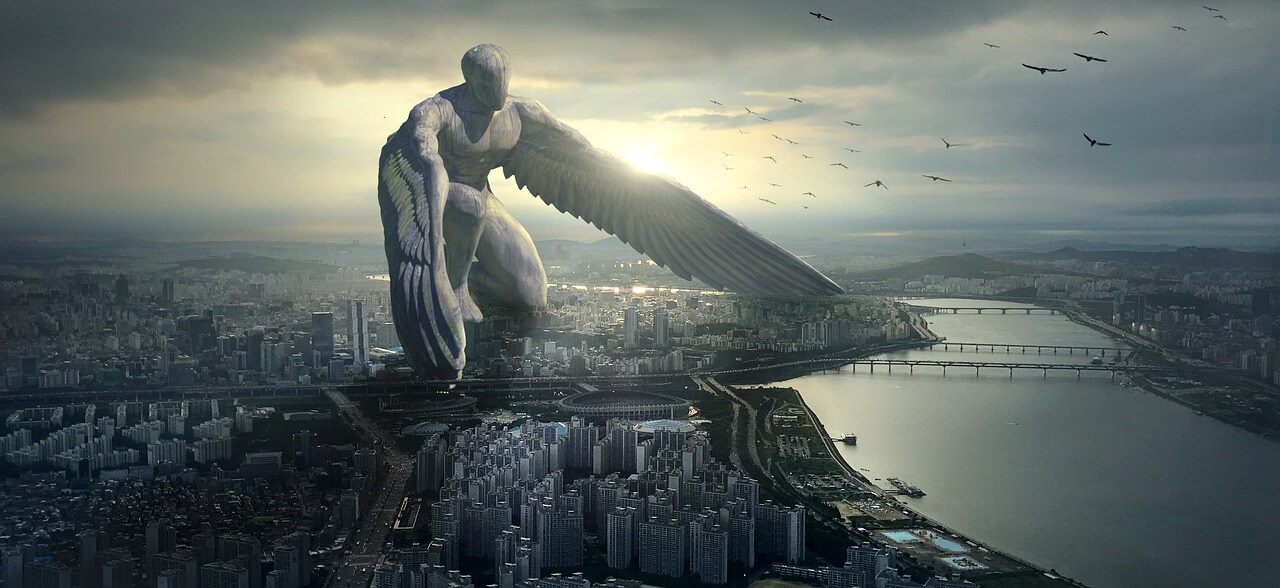
Source : pixabay.com
Oral and Written Epic.
Distinctions used to be made between natural, primitive, or primary epics and literary, artificial, or secondary epics. Derived from romantic age preconceptions, these distinctions had little basis in the poetry. However, viable distinctions can be made between the oral and written epic. The earliest epics— whether in heroicage Greek or Teutonic cultures or in contemporary undeveloped cultures—were apparently oral, developed from earlier poetry.
According to the American scholar A. B. Lord, oral poetry means poetry composed in oral performance by unlettered bards. It depends on improvisation with the help of formulas, but formulas are not to be understood as actual phrases. They are rather patterns for the poetry—syntactic, metric, even acoustic patterns. The work itself is a rehearsing or recomposition rather than a performance of memory. The sung epic relied heavily on what Lord called the generic song. This is the essential core of ideas that survive performances and reinterpretations—such as the motif of the retum (ııostos) of the hero, as in the Odyssey. The singer himself was considered to be inspired by the Muses.
Early written epics took their point of departure from oral poetry, so that Homeric formulas and conventions were widely adopted. In time, however, the written epic found its own norms and developed a vital independent tradition. Epics like Vergil’s Aeneid were as fully responsive to advanced civilizations as oral poetry had been to the heroic age.
Heroic Epic.
In most civilizations, the earliest poetry is heroic. It seems to grow out of mythic and overtly nıagical narratives of the gods and demigods, and its object is rhythmic incantation, ritual, or the presentation of myth. But the hero replaced the god in the story, and the story was modified to suit the hero. In becoming secularized, the heroic narrative lost none of its original poetic character.
The MiddleEastern Gilgamesh (about 2000 b. c.), the earliest known epic, emphasizes the hero’s wish to have his story told and his name known among men. The form includes elements that reappear in later epics—the great quest, the friend, the temptress, the perilous journey, the great conflict, and the descent into the underworld. But Gilgamesh, the hero of this ancient epic, is twothirds god and only onethird man. In the relatively later Iliad and Odyssey, Homer sees the subject of epic as the acts of men that Apollo and the Muses reveal to the poet. What the poet sings is true and significant because divinely inspired. Even the fantastic elements in Homer highlight the heroes’ superiority as men.
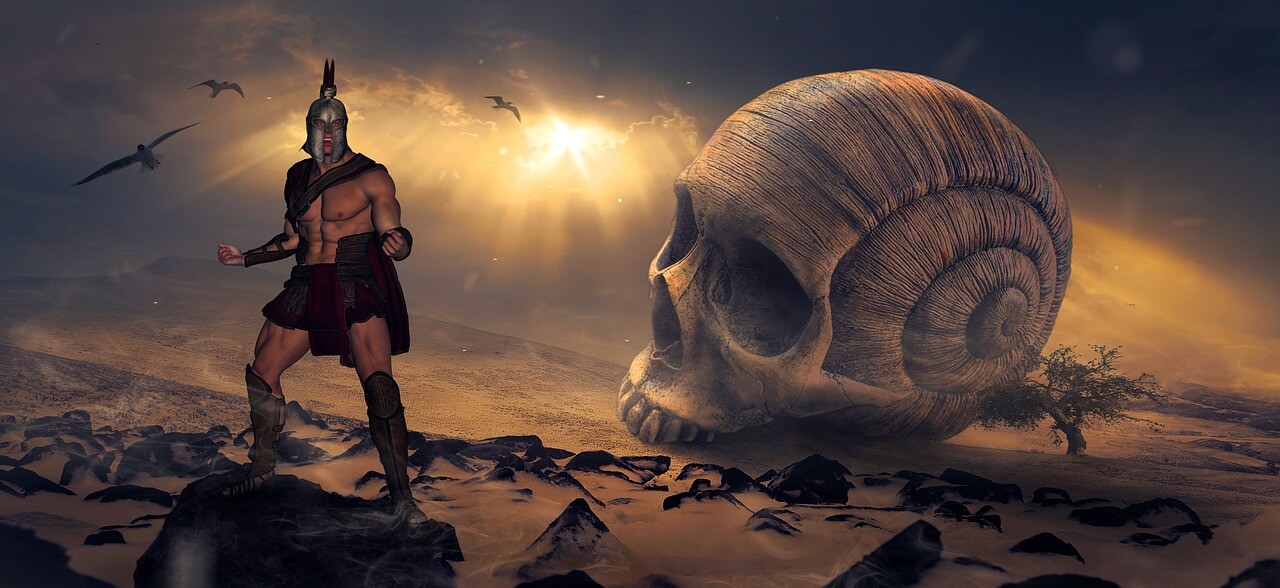
Source : pixabay.com
Greek Epic.
For the Western world, the shape of the epic was largely determined by the two masterpieces, the Iliad and the Odyssey, dealing with the story of Troy and given their present form in the 8th century b. c. The poet’s genius is completely free of the earlier traditions of the demigod hero. Heroic energy and power vitâlize a large but definable world, and the sense of size, space, and scope never overcomes the human heroes.
The Iliad is a stıaightforward story, moving from the quarrel of Agamemnon and Achilles throııgh the effects of that quarrel in the Greek setbacks and, eventually, the death of Achilles’ friend Patroclus. The wrath of Achilles has its uneasy resolution in his return to the war and his great duel with and defeat of Hector, and its final resolution in Achilles’ noble resolve to return Hector’s body to King Priam.
The art of the Iliçd corresponds surprisingly to the design of Athenian pottery in the Geometric period. The poem has an elaborate interlocked structure of balanced episodes and motifs. One major theme is there by indirection—the death of Achilles, suggested in recurring prophecies of the fail of Troy. Achilles deliberately chose a short life with glory over a long life with riches and contentment. He must die if he is to achieve that heroic glory and thus enhance the dignity of human life.
The Odyssey is a poem about the world of peace, about life in ali its immediacy and variety. Similar to the Gilgamesh in form, the Odyssey became the direct model for most later epics. It includes the quest, the temptress, the perilous journey, recognition scenes, the descent to the underworld, banquets, prophecies, councils, and great battle.
Homer’s Achilles and Odysseus are versions of the heroic temper, from an individualistic age in which the glory and sacrifice involved in chosen exploits bring honor to the hero and redeem the brevity of life. Achilles acts deliberately yet spontaneously, while Odysseus prese’nts a more complicated moral pattem. Both are profound and yet sharply delineated figures, spontaneous and natural.
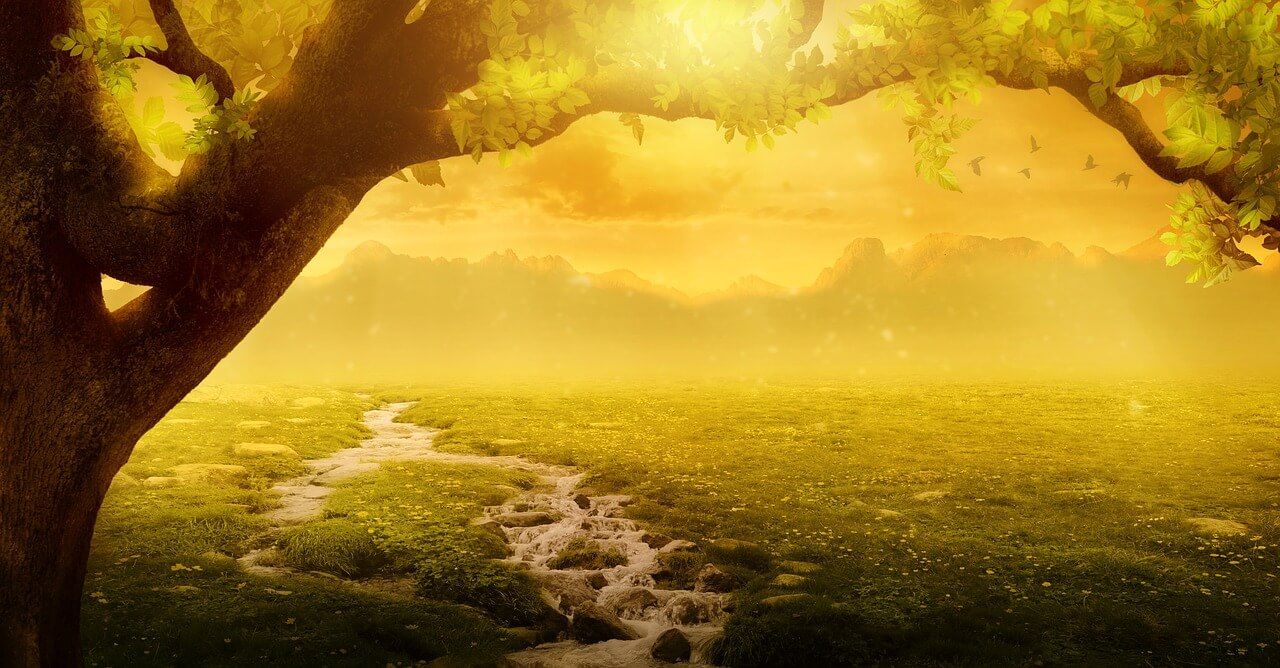
Source : pixabay.com
Little survives of other early Greek epics.
The stories of Troy and Thebes apparently provided material for many poems and cycles, as did stories related to Hercules or to the Argonauts. One Hellenistic work has come down in the Argonautica of Apollonius of Rhodes (3d century b. c.), a short epic in four books that recounts the quest of the Golden Fleece and telis the love story of Jason and Medea.
Highly polished and erudite, this psychological and romantic narrative lacks heroic energy and heroic character. Apollonius’ debt to Homer is significant in showing how far from heroic poetry the epic had moved. Later extant attempts at the epic did not succeed. The last of them is the enormous and decadent Dionysiaca by Nonnus (5th century a. d. ), 48 books narrating in florid style every known exploit of Dionysus.
Latin Epic.
İn the Roman republic there may have been an Italic oral tradition, but no poems that can be defined as oral have survived. The first Latin epic, Bellum Punicum (The Punic W ar) by Naevius (3d century b. c. ), was apparently a chronicle in the native Saturnian meter. A little later, Ennius (about 239169 b. c.) adapted the Greek hexameter for his Annales, chronicling Roman history down to his own time. The chronicle form dominated Roman letters for the next 150 years.
Even Vergil contemplated a historical epic, but his Aeneid (finished 19 b. c.) not only abandoned historical form and recent subject, it recast epic poetry quite definitively. The hero, Aeneas, journeys from fallen Troy to Italy to build a new city in his ancestral land.
The obvious Homeric structures emphasize the differences between the two poets and their conceptions. In the Aeneid, amid a dislocation and reordering of the cosmos, Aeneas is the human hero divinely chosen for the large enterprise. Though he ultimately fulfills the destiny imposed on hini, he is not the instrument of nationalistic propaganda.
The poem embodies a great shift in human consciousness. At once more complex and immediately human than the Homeric heroes, Aeneas is a fallible and ambiguous figüre whose heroism resides mainly in his humanity and in his quest to define and maintain human values. At the heart of the Aeneid ate a conflict between history and humanity, and a duality of vision that springs from that conflict.
In the İst century a. d. most Latin epics derive from Vergil. Statius’ Thebaid, narrating the fratricidal war between the sons of Oedipus, embalms the Vergilian conventions in Vergilian phraseology. The poem lacks both design and conviction. The same is true of Valerius Flaccus’ Argonautica—though it is a livelier and better narrative than that of Apollonius—and of Silius Italicus’ dreary Punica—which reverts to the annalistic tradition.
The major exception is Lucan’s De bello çivili, on the civil war between Caesar and Pompey. With a highly rhetorical style and vigorously ideological approach to subject and character, Lucan speaks for and embodies the Stoic republican views submerged in Nero’s Rome. Alone among these poets, Lucan attempted the vastness of scope and grandeur of theme that Vergil achieved, while flaunting his break with the Vergilian tradition.
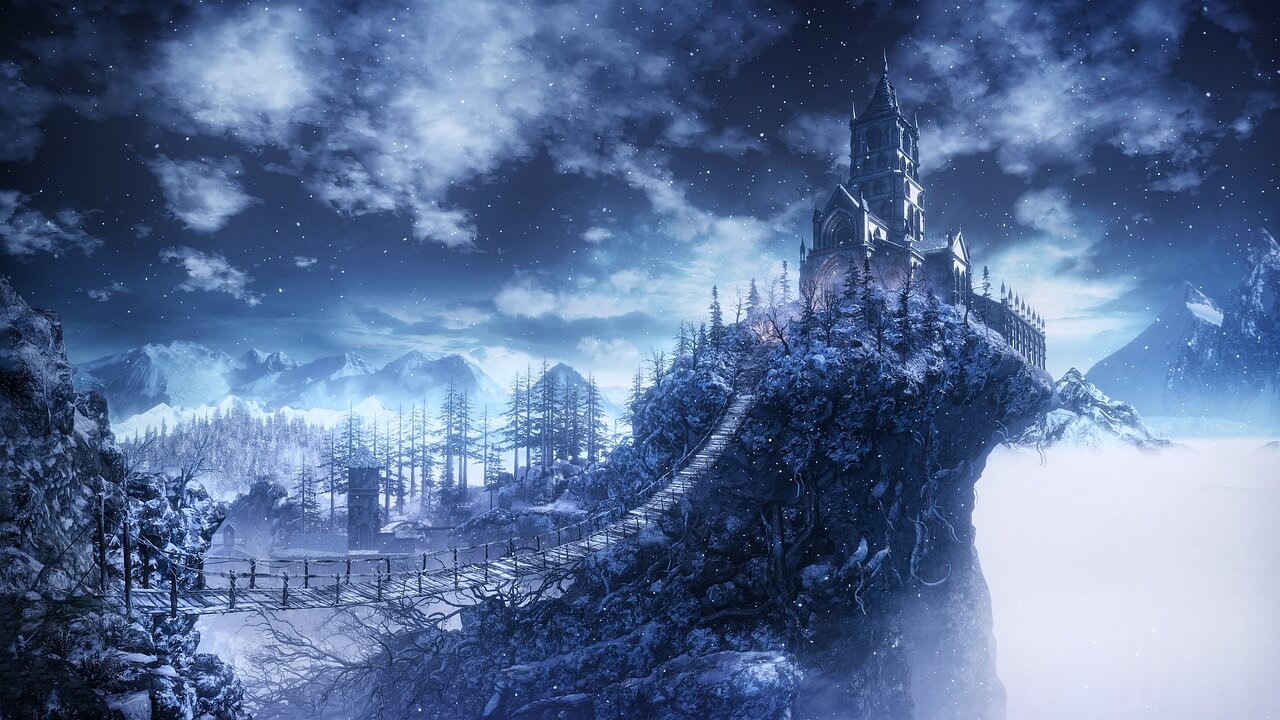
Source : pixabay.com
Christian Epic.
The example of Vergil, the gradual loss of Greek, and the rise of Christianity significantly altered the notion of the epic. Juvencus’ 4th century paraphrase of the Gospels, Evangeliorum libri IV, and Sedulius’ paschal poem, Carmen paschale (5th century), reflect the vigorous commitment to the new Christian myth. Christian poetry modified the literary map. Prudentius’ Psychomachia (4th century) is an energetic allegorical epic, in which the battles of virtues and vices displace the wars of pagan literatüre.
While conventional war and quest and history were stili possible topics for poetry, the epic became the frame for theological, moral, and hagiographical vision. Saints’ lives and scriptural story replaced pagan subjects, both in Vergilian Latin and in vernacular poetry. Heroic dimensions remained, but tragic possibilities were denied. The fortunes of the new heroes were identified with the Holy Roman Empire and the City of God.
Medieval and Renaissance Epics.
In the early stages of various “modern” cultures, heroic poetry dominated the literatüre, notably the AngloSaxon Beoıvulf, the French Song of Roland, the Spanish Poem of the Cid, and the 12th century Teutonic Nibelungenlied. Beoıvulf (written in the 8th century, but extant only in a late lOth century manuscript) is in alliterative unrhymed verse of remarkable rhythm. The poem celebrates the fabulous adventures of the hero who defends civilization against the monster Grendel and his mother and kills the fîreeating dragon. Fusing Christian and heroic elements, the poem exemplifies high ideals of conduct. The Song of Roland (1 İtli century) relates the defeat of Charlemagne s rear guard at Roncesvalles (778). The splendid heroism of Roland, nıost famous of Charlemagne’s paladins, is based firmly on Christian idealism and a defined absolutism of values. The Cid (12th century) celebrates the favorite Spanish hero Rodrigo Dıaz de Vivar (about 10431099). Ali these poems are impoıtant for the beginnings of the several national literatures.
The supremacy of epic poetry persisted. During the Renaissance, when critics attempted to give the form final definition, three major kinds of epic may be distinguished: classical and national epic and the romance. Petrarch’s historical Af rica (1340’s) and Vida’s Christiad (1535) are representative of the many classical epics of the period. Examples of the national epic, also widely attempted, are Ercilla’s Araucana (1569), on the Spanish conquest of South America, and Camoes’ Lusiads (1572).
Religious in theme as well as nationalistic, the Lusiads narrates, in highly controlled classical form and with easy admixture of classical myths, the great voyage around the Cape of Good Hope made in 1497 by Vasco da Gama and the “sons of Lusus.” The Renaissance romance attempted epic size and scope. Major examples are the poems on Roland in love and Roland mad—Boiardo’s Orlando innamorato (1483) and Ariosto’s Orlando furioso (1532)—and Edmund Spenser’s Faerie Çueene (1596).
Among all these kinds, biblical and allegorical epics abounded. Marco Marulic’s Davidias (late 15th century) and Abraham Cowley’s Davideis (1656) show the various possibilities. Written in Vergilian Latin, Marulic’s poem is lucidly allegorical, while Cowley’s English verse avoids allegory for classicizing narrative.
Torquato Tasso’s Jerusalem Delivered (1580) combines the ideals of classical and Christian epic with the fantasy and passions of romance. The historicalChristian themes in the story of Godfrey and the First Crusade are counterpointed with the romance of Rinaldo and Armida. Unifying the two in a style of remarkable liquidity and subtle organization, Tasso exemplifies grandly his notion of unity in diversity.
The greatest epic after the Aeneid is John Milton’s Paradise Lost (1667). Like Vergil, Milton first contemplated a historical epic but finally adopted the large classical design. Radically modifying the tradition and its conventions, he enriched them immeasurably. For his subject, he returned to the wellsprings of the epic—religious myth, creation, and the war of the gods—but he also returned to the most fundamental subject, man. In Adam, Milton fashioned a new hero and completed the tradition of the heroic.
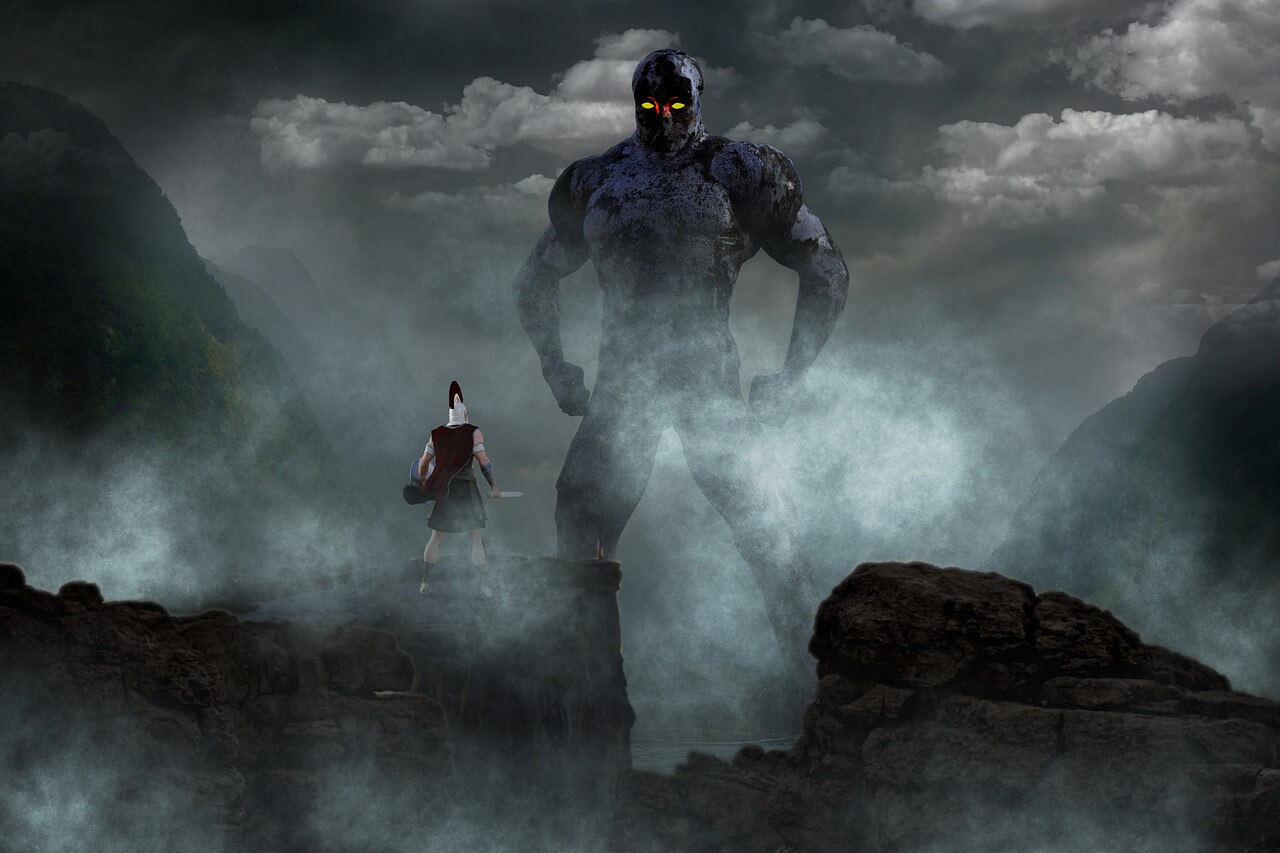
Source : pixabay.com
The Decline.
As the rules were codified in the Renaissance and 18th century, the poetry withered. In the 19th century, much critical energy was spent over such questions as the “unity” of Homer. Many seholars maintained not only that Homer’s two poems were by different hands, but that each of them was the work of several hands and the poems had ultimately been “stitehed together.” Bearing out such theories, seholars “made” the Finnish national epic, the Kalevala (1849), out of compilations of traditional oral poetry. The final result is preepic, emphasizing magic rather than heroic deeds.
Epics were stili written, a rare few remarkably good, like Klopstock’s classical Christian poem in German hexameters, Messias (1773), or Nikos Kazantzakis’ Odıjssey (1938; Eng. tr. 1958), the 33,333 verses of which extend the adventures of Odysseus. Major and minor writers tried the form, notably the prolific Sir Richard Blackmore (18th century), Voltaire, Byron, Robert Southey, and Matthew Arnold. Early America had epics of its own. The first was Timothy Dwight’s The Conquest of Canaan (1785), an allegory that moves easily between biblical Canaan and Connecticut. The ambitious Columbiad (1807) of Joel Barlow narrates the vision granted to the aged, dying Columbus of this New World’s future glories; one of Barlow’s aims was “to discountenance the deleterious passion for violence and war.” More readable and more compelling is Stephen Vincent Benet’s experiment in epic John Broıvn’s Body (1928), a long narrative poem about the Civil War.
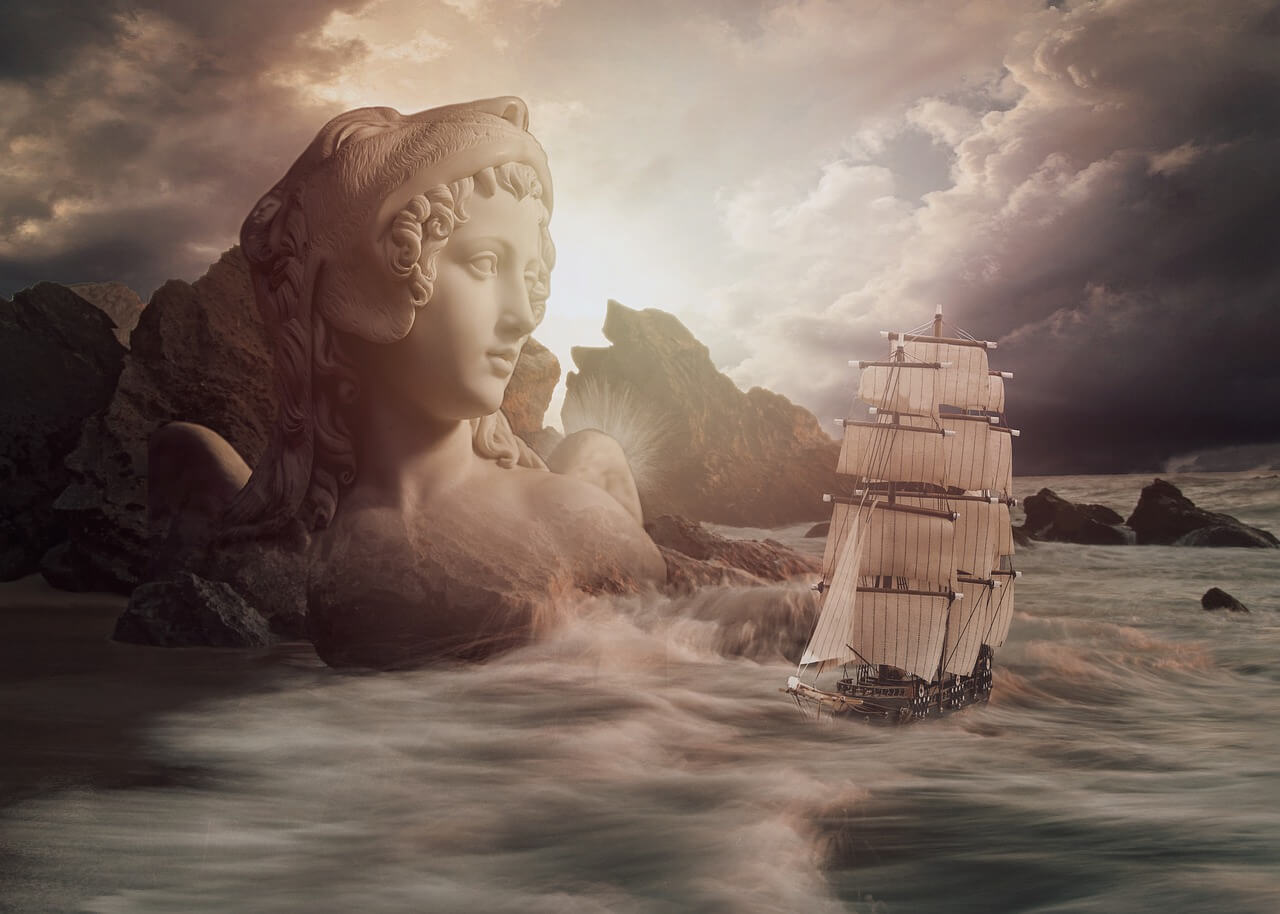
Source : pixabay.com
But partly because of the Romantic age emphasis on lyric poetry—Edgar Allan Poe called the long poem a contradietion in terms—and partly because Homer, Vergil, and Milton had perfected the form and thus, paradoxically, exhausted it, the truly new epic, like the great American novel, remains to be written. Perhaps, as some critics have suggested, the epic impulse is being worked out in other ways, in vast novels like Tolstoy’s War and Peace or Joyce’s Ulysses.